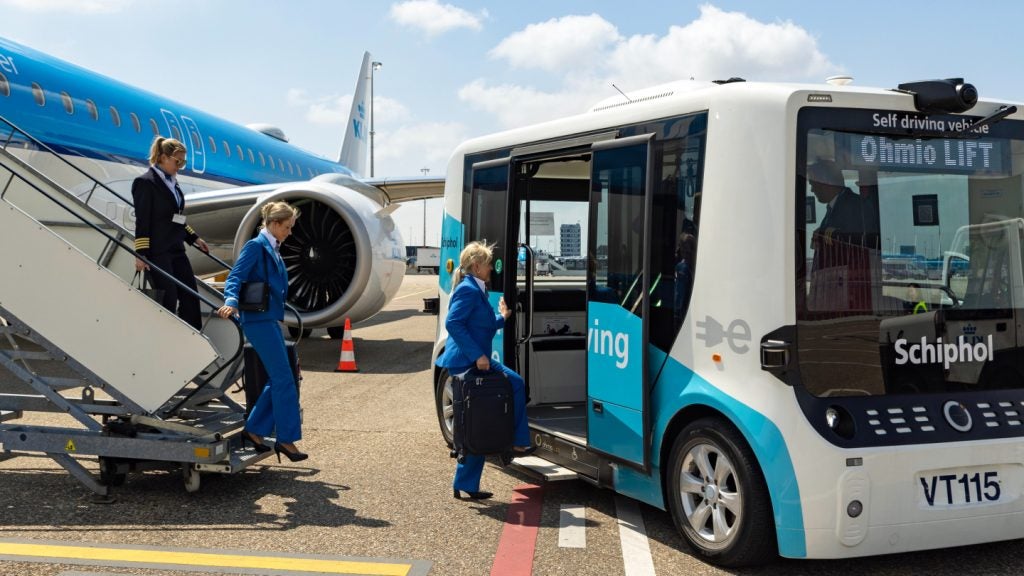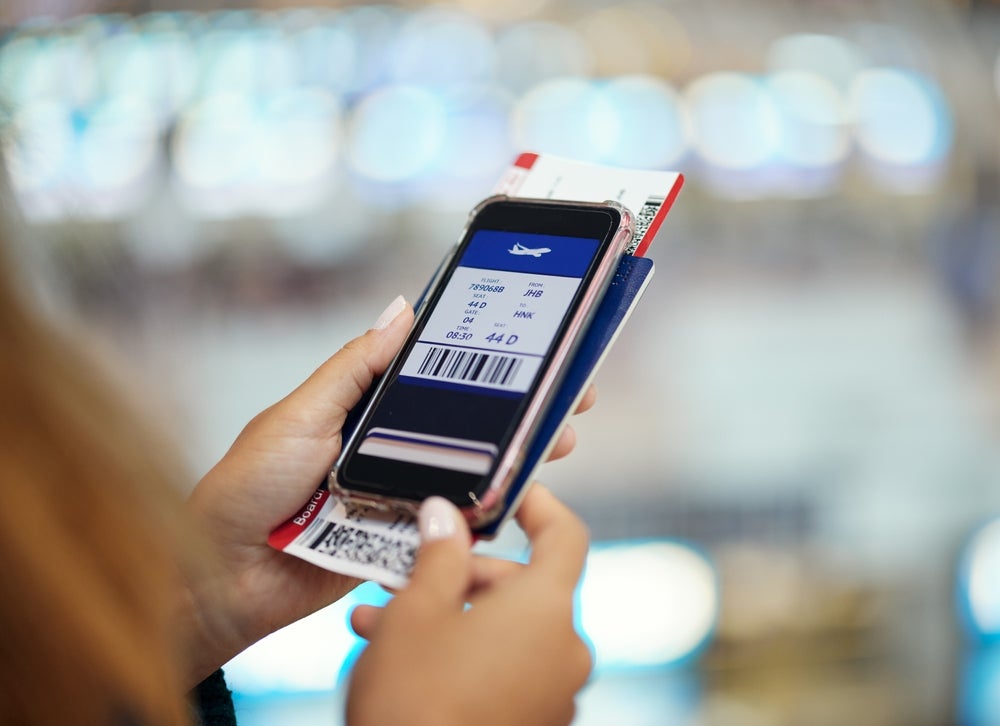
Kraków Airport is Poland’s biggest regional airport, the second-largest after Warsaw. It handles three million passengers a year, thanks to the 19 regularly operating carriers. A revival of air traffic to the destination was enabled by the accession of Poland to the EU in 2004, giving legacy carriers the ability to operate in the country on a broader basis. Low-cost airlines were also able to start operating at Kraków as passengers began to perceive air travel not only as a comfortable mode of transport, but also as inexpensive and easily available.
Low-cost airlines now handle more than 60% of total passenger traffic at Kraków Airport. Extensive development of the aviation market and accession to the EU have thus become the driving forces for growth and investment in the airport’s infrastructure.
The growth of Kraków Airport started with the 5,000m² extension of the international terminal and the separation of Schengen and non-Schengen traffic zones, as well as the opening of a domestic terminal, which has an annual capacity of one million passengers. The investments were completed in 2007, the same year the airport received an administration and technical building, as well as a watchtower for airport rescue and firefighting services.
Projects at the airport include the construction of a multistorey car park with 1,243 parking spaces on seven floors, and a planned extension of the international terminal. This is expected to increase its capacity to seven million passengers a year. The construction of a connecting way between the apron and taxiways has begun, and the apron is to be extended by a further 3ha while the hangar will be upgraded to allow the handling of general aviation traffic.
Navigational lighting systems: history
The civilian section of the airport dates back to 1964 when the Minister of National Defence decided to allow about 10ha of land and facilities to be used by the public. The airport has been continuously acquiring new facilities since then to increase the safety of its operations.
How well do you really know your competitors?
Access the most comprehensive Company Profiles on the market, powered by GlobalData. Save hours of research. Gain competitive edge.

Thank you!
Your download email will arrive shortly
Not ready to buy yet? Download a free sample
We are confident about the unique quality of our Company Profiles. However, we want you to make the most beneficial decision for your business, so we offer a free sample that you can download by submitting the below form
By GlobalDataThe runway and approach lighting system, including 643 sources of light, was built in 1972. In 1987, the airport’s administration was taken over by Przedsiebiorstwo Panstwowe Porty Lotnicze, a company newly established to manage Polish airports, a move that was seen as a chance for the facility to develop more dynamically. The runway required renovation in 1994 because the pavement was in bad condition, and the airport’s management board decided to install new navigational lighting systems at the same time.
A public tender was launched and the best offer came from Finnish company IDMAN. Equipment incorporated in the tended included runway edges and central line, the main approach in an ALPA-ATA configuration with an approach sequential flash light system, touchdown zone, end and threshold (CAT II) on heading 25, a simple approach on heading 07, taxiway edge lighting, and a control and monitoring system. The configuration has been in operation since December 1995 without a breakdown. A decision was taken at the end of 2007 to upgrade the control and monitoring system to a more modern and effective option.
IDMAN installed and initiated the new system in the first quarter of 2008, and it is now adaptable to changes in the airport’s lighting system configuration.
The navigational lighting system is maintained by the power engineering department, headed by Jerzy Chachlowski since 1995. Periodic efficiency checks of the navigational lighting system carried out by measuring aircraft are consistently positive.
Navigational lighting: specifics
There is an IDMAN simple approach lighting system on heading 07 and an ALPA-ATA category II on heading 25. The runway and taxiways are equipped with edge lights.
- White ALPA-ATA type approach lights on heading 25 extend over a distance of 900m from the runway threshold at 30m intervals. Due to shifted threshold on heading 25 they are sunk into the runway pavement over a distance of 240m. Additional red side lights are installed symmetrically at 30m intervals over a distance of 300m from the runway threshold on heading 25. Over a distance of 300m–900m from the runway threshold there are white flash lights installed at 30m intervals.
- Threshold lights on heading 25 are sunk into the runway pavement and the wing lights are green ground lights at a distance of 2,310m from the threshold on heading 07.
- Runway edge lights are distributed symmetrically on both sides of the runway at 60m intervals. They are mostly white in colour, however, at a distance of 600m from each end of the runway they alternate white and yellow, and from heading 25 to the shifted threshold they are red. Runway end lights are also red.
- Threshold lights on heading 07 are green ground lights.
- Approach lights on heading 07 – the ‘simplified cross’ – lie at a distance of 420m from the runway threshold in 30m intervals. Within 300m of the threshold there is a 30m-wide bar of white lights.
- Lights on the central line of the runway are sunk into the surface at 30m intervals.
- Sunken white lights on the touchdown zone stretch for 900m from threshold 25 to the west.
- Lights on the taxiways are blue ground-edge lights.
Future perspective
In view of growing aviation traffic, the expectations of airlines and the requirements of the Civil Aviation Office, the delivery and installation of precision approach path indicator (PAPI) and illuminated vertical guidance signs are planned for the near future. The PAPI system is to be installed within months. Exact dates and details have yet to be confirmed. Extension of taxiway lighting by the central line is being considered, as is moving from a simple approach on auxiliary heading 07 to approach CAT II.







